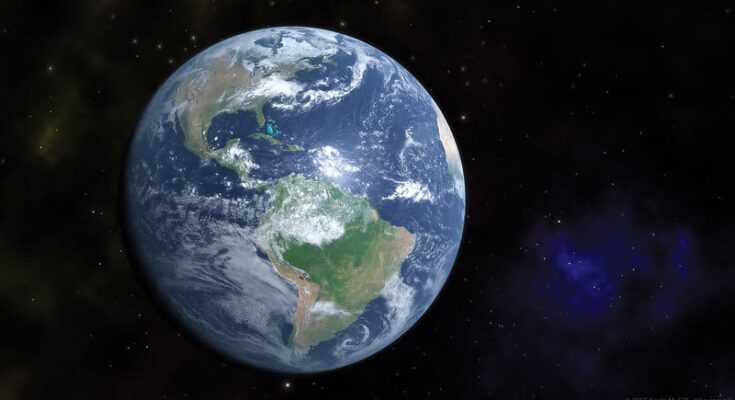New research shows that movement of Earth’s tectonic plates, the cause of earthquakes, mountains, and continents, might have begun when the planet was quite young, much earlier than scientists had previously thought.
Beginning of tectonic plate movement
The study suggests that tectonic plate movement began over 4 billion years ago, shortly after Earth formed 4.5 billion years ago. This period, called the Hadean, was a time when Earth was very hot with an atmosphere of ammonia and methane. There was also enough water to form a global ocean. During this time, the Earth cooled down enough to develop a solid outer crust.
Today, Earth’s crust is shaped by the movement of tectonic plates. These plates move on a softer layer beneath them called the mantle. Scientists don’t know exactly when this movement began. Some believe it started in the Hadean period right after the crust cooled.
Others think it began 3.2 billion years ago, based on changes in the crust’s makeup. Some researchers argue tectonic plates developed into their current form only in the last two billion years.
Challenges in determining the exact time
Scientists have found it hard to pinpoint when exactly tectonic plate movement started because there are no rocks older than 4 billion years. The only clues from that time come from tiny, tough crystals called zircons, the oldest being 4.4 billion years old.
1 billion Years of Tectonic Plate Movement#Geoscience #Water #SciComm #SDGs #Programming #Trending #coding #DataScience #Business #Technology #Research #AI #ML #IoT #100DaysofCode #JavaScript #Python #TensorFlow #twitmepic.twitter.com/NoDfkoVWS0
— The Innovation Geoscience (@Innov_Geosci) August 14, 2022
Some of these zircons, known as S-type zircons, help show the presence of tectonic plates. These crystals form in rocks on land, get pushed into the mantle by tectonic movements, and then reappear in other rocks.
Machine-learning model employed to simplify the process
In a new study published on July 8 in the journal PNAS, researchers used a machine-learning model to simplify this process. They trained the model with data from 300 zircons of known origin and then tested it on 74 more zircons to see if it could correctly identify S-type zircons.
After the model was trained, the team used it on 971 new zircons from the Jack Hills in Australia, where many of the oldest zircons are found. The results showed that 35 percent of these Jack Hills zircons were S-type. Some of these S-type zircons were as old as 4.2 billion years, suggesting that tectonic plates were active during the Hadean, moving rocks from the crust to the mantle and back again.
Previous experiments
This study on plate tectonics is not the first to suggest ancient tectonic movements. In an earlier research in 2023, an experiment focusing on melting rocks at high temperatures indicated that the oldest continental crust might have formed by subduction, where one tectonic plate dives under another. Some studies even suggest early continents existed during the Hadean period.
However, the new study may not end the debate. Chris Hawkesworth, a geochemist at the University of Bristol, said that other forces, such as giant meteor impacts, might have also moved rocks between the crust and the mantle in Earth’s early days.



